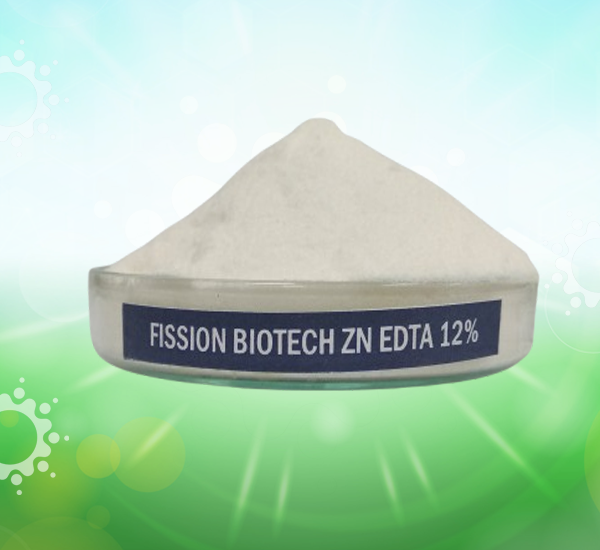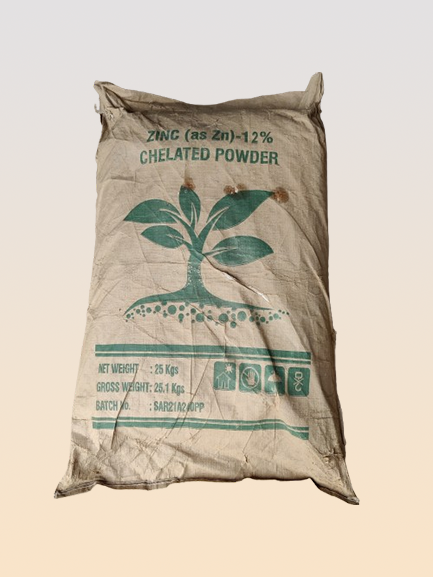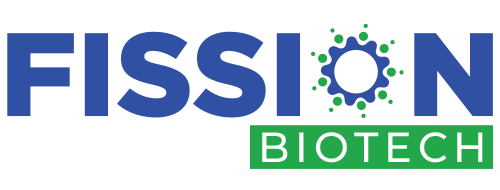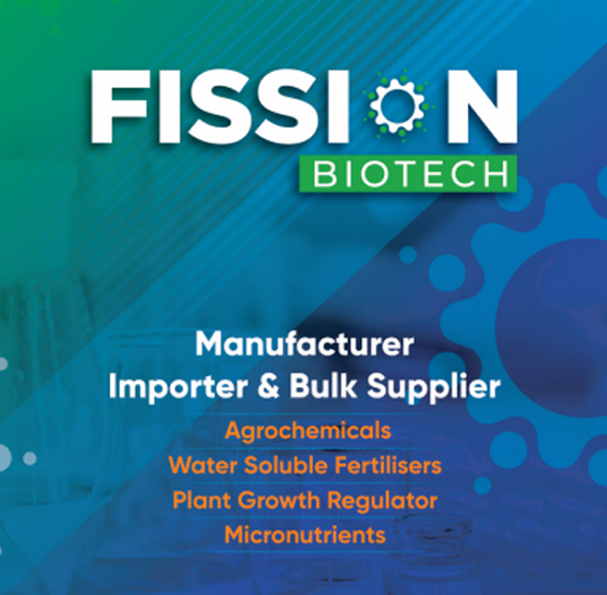Your Trusted Partner in Manufacturing, Imports & Bulk Supply

Zinc Chelated 12% EDTA
Zinc Chelated 12% EDTA is a micronutrient fertilizer that is based on zinc and where zinc is chelated with Ethylenediaminetetraacetic acid (EDTA). This chelation increases the solubility and availability of zinc to plants in poor soil conditions. It is 31% a source of zinc with 12% elemental zinc by weight and is an effective corrector for plants which are deficient in zinc.
Benefits
- Enhanced Zinc Uptake
- Some examples of chelation are EDTA, which allows zinc to stay soluble and available as a nutrient for plants in alkaline or calcareous soils.
- Prevents Zinc Deficiency
- Key for enzyme activities, protein formation and growth control of plants
- Improved Plant Health
- Promotes leaf development, increases chlorophyll production, and enhances vigor.
- Cost-Effective
- Cheap source of boron for industry and agriculture

- High Efficiency
- High zinc content and targeted fire-forging bioavailability result in lower application rates.
- Versatile Application
- Can be used as a soil application, foliar spray or fertigation, ensuring versatility with different farming practices.
| Micro Nutrients | |||||
| Nutrient Contents | By Weight (W/W) | ||||
| Zinc content (expressed as Zn) | 12.0% | Min | |||
| Lead (a Pb) | 0.003% | Max | |||
| Cadmium (as Cd) | 0.0025% | Max | |||
| Arsenic (as As) | 001% | Max | |||
| pH (5% Solutions) | 6.0 - 6.5 | ||||
| Appearance | free flowing Crystalline or Powder | ||||
Uses
- Agriculture
- Used as micronutrient fertilizer for plants such as:
- Cereals: Wheat, rice and maize.
- Vegetables: Tomato, potato, leafy greens
- Oilseeds — soybean and sunflower and groundnut.
- Restores zinc deficit which causes problems such as stunting, low yields, and chlorosis.
- Horticulture
- Is used in nurseries and gardens to use for the healthy growth of ornamental plants and flowers.
- Zinc
- Provides available and stable zinc source in nutrient solutions of soil-less farming systems.
- Foliar Spray
- Quick to remedy symptoms of zinc deficiency, can be absorbed through the leaves.
- Soil Application
- Added to soil to enhance zinc accessibility to crops in the long term.
- Fertigation
- Applied via irrigation systems, providing uniform distribution and plant uptake.

